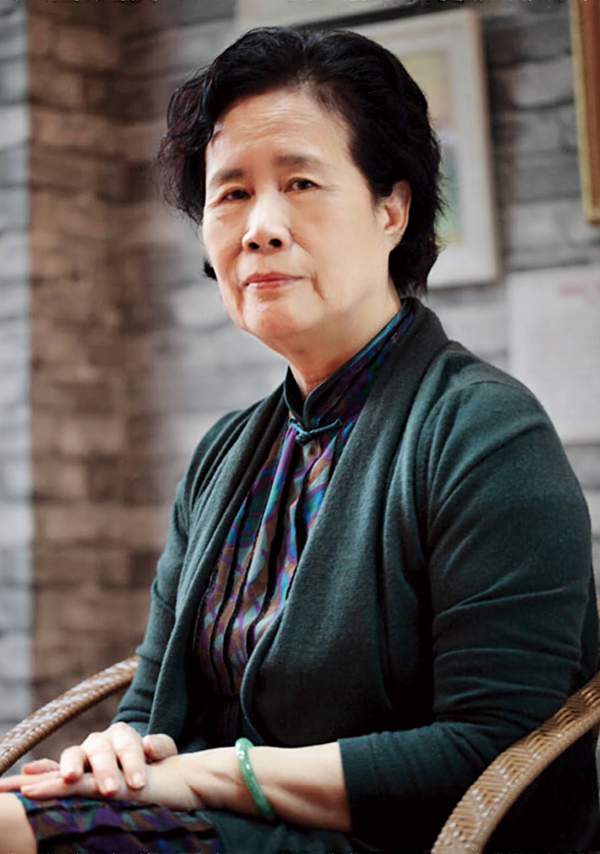Master embroiderer gives traditional craft a new lease on life
At the top of a three-story studio on Paifang Street-a popular tourist spot that has a host of well-preserved ancient structures in Chaozhou, Guangdong province-10 women focus on their embroidery work, their fingers deftly moving in silence. While at work they resemble demure portraits.
"Embroidery is a slow art," said Kang Huifang, founder of the studio, who is a national-level inheritor of Chaozhou embroidery, a national intangible cultural heritage item.
A slower pace and burying oneself in such traditional craftsmanship can be a challenge for many amid the hustle and bustle of urban lives. But Kang has devoted herself to Chaozhou embroidery for more than half a century.

Kang Huifang, a national-level inheritor of Chaozhou embroidery. CHINA DAILY
Born in 1948, Kang began to learn embroidery at home at the age of 15 to help support her family. She was quick to learn and showed talent.
"Since I had decided to earn a living from embroidery, I was determined to learn from the best in the trade," she said.
Chaozhou has a long tradition of the craft. It was bustling with embroidery businesses during the Ming (1368-1644) and Qing (1644-1911) dynasties, according to historical records. Throughout the 1960s and 1970s, almost every household in the city had family members involved in embroidery. Yet the expert knowledge of Chaozhou embroidery is not common, regardless of the period.
An important feature of Chaozhou embroidery is its padding techniques, which make the patterns look more vivid.
Kang's talent and persistence opened a door for her to approach experts. When she was 18, she won the opportunity to work at a local embroidery business and receive training from experienced embroiders. There she picked up the craft and stood out from her peers.



 Print
Print Mail
Mail

